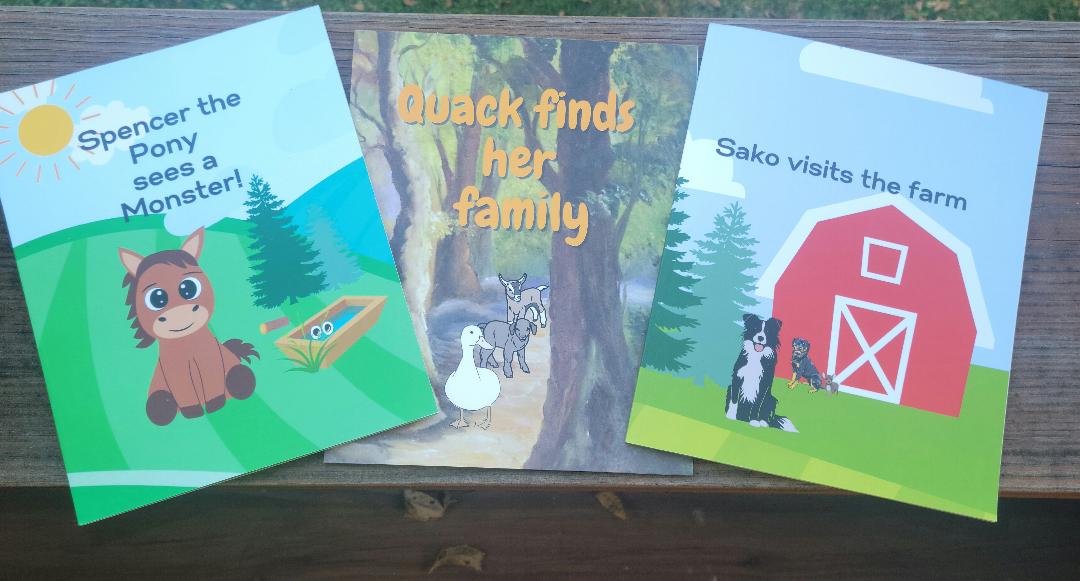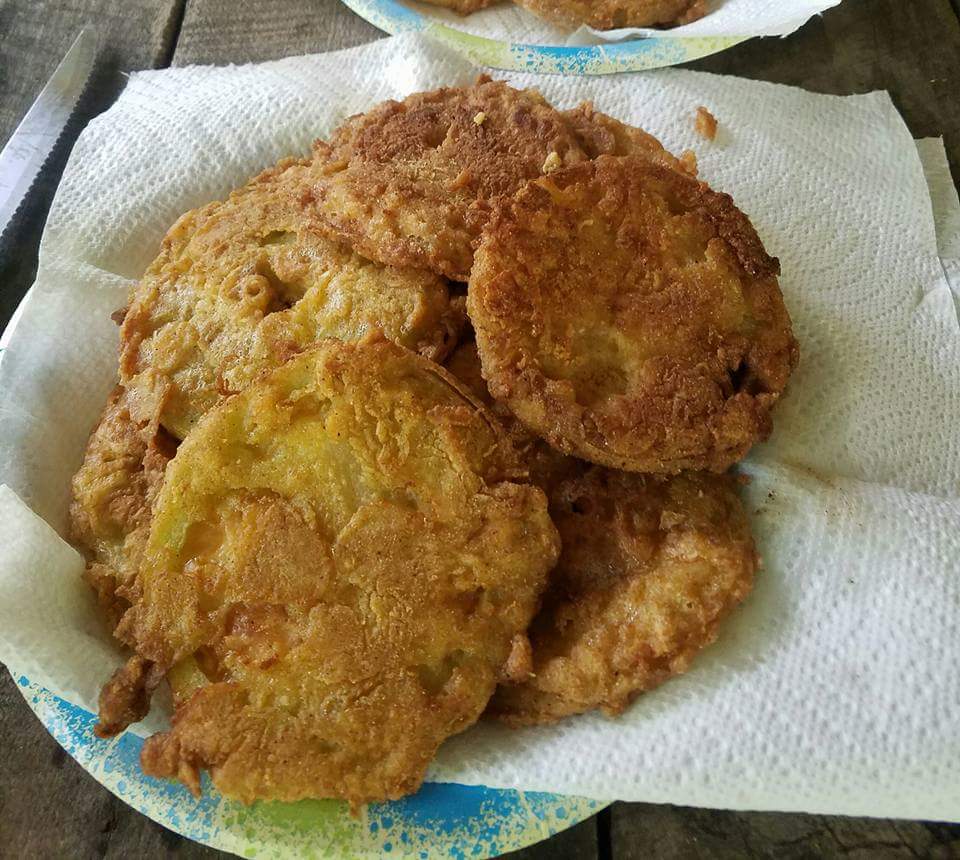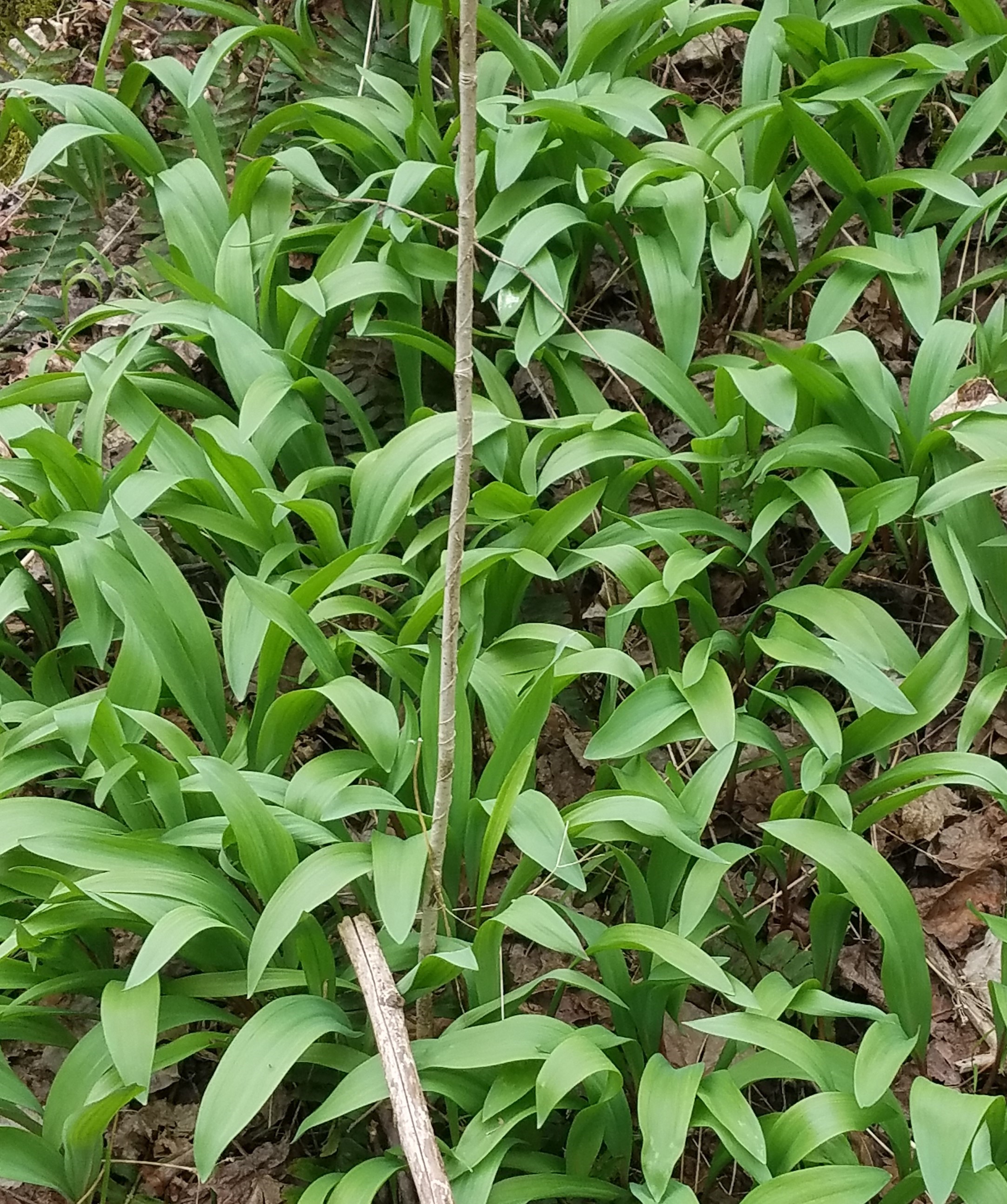Providing information to help you live a Simple Country Life and be as self-sufficient as possible.
Peppers
Peppers are Joes favorite vegetable. He would be happy with a plate of sautéed peppers 7 days a week. I have always grown green bell and banana peppers but he introduced me to the Cubanelle and they are now my favorite. Growing up we raised lots of them my mom makes wonderful stuffed peppers and we canned banana peppers in a tomato sauce. Our neighbor gave my mom the recipe and it quickly became my brothers and dads favorite.

Purchasing Plants...
We
purchased our plants at the local FFA greenhouse. I hope to take time in the future to raise
our own plants but for now it’s just not practical for us. There are several
sites on the web and books on the topic of starting your own plants. I enjoyed
this one at Burpee.
Plants we recommend...
Sweet Bell Peppers- Shaped like a bell. Green, yellow or red in color. Just like the name says they are sweet not hot. I can’t handle the heat so I have always made this my pepper of choice. They stay crisp and crunchy when sautéed but will get mushy if you use frozen ones. They taste wonderful raw with a dip or in a salad.
Banana Peppers- Are shaped like a banana. We call them wax peppers. They are tangy and have a little heat to them. They are green, yellow, orange and red.
Cubanelles – These are also known as the “Cuban pepper”. The reason I like them is they have a thin skin which makes them cook up faster. Great to use in Joes omelet in the morning. On the plants, they resemble a banana pepper but they are thicker in size. They are colorful because they turn red when fully ripe but are just as flavorful cooked when green.
Soil requirements...
The soil requirements .... the PH should be 6.0 to 7.0. They need a good well drained moderate nutrient-rich soil. Remember you can have your soil tested at your local Extension Agency or you can buy a soil test kit at your local garden center.
Soil preparation and planting...
Till up your soil and work in some fertilizer. We use horse manure but you can use 5-10-10
fertilizer you can purchase at any garden center. We take the manure and spread it all over the
garden and then till it in. The plants
should be placed in the soil after there is no chance of frost and the ground
temperature reaches 60 to 65 degrees Fahrenheit. The plants should be placed 18 – 24” apart. Peppers are self-pollinating and I always
plant mine near the tomatoes. They both
need the same amount of water and sun.

Watering...
Peppers like tomatoes need water but not too much. They need a soil that drains well. They will not do well in an area that is too wet. If too dry the skin will be bitter and tough and the plant will not produce well but if they are hot peppers the drought seems to turn up the heat. Joe and I agree the peppers are hotter when its a dry summer. Water in the morning or late evening. Watering in the heat of the day is hard on the plant and could shock them and cause them to wilt.
Weeds the enemy...
Have you heard the term “choking out the plant”? Weeds can take nutrients needed for the plant and block the necessary sunlight needed for the it to flourish. They also can carry viruses and fungi. To keep your plants healthy, you need to weed the garden or keep a mulch down.
Disease and Pest...
Peppers are pretty resilient. You can buy disease resistant varieties but
there are still pest and disease that can ruin your crop. You should inspect the plants regularly to
make sure to catch a problem before it gets out of hand. You can pick off most of the bugs and stop a
problem or use a spray of soapy water. Keeping plants watered but not over
watered and keep the area free of weeds and debris can help keep them healthy.
Care for Plants...
Removing first blooms? It is recommended to
remove any blooms on the plant for the first couple weeks after planting. This lets the plant develop its root system. After the plant is a several weeks old and
well established and blooming you can prune off a few of the lower leaves. This will help the plant provide more
nutrients to the growing fruit.
You may find that you need to stake your plants because the fruit is too heavy and they put a strain on the plant stem or worse yet the
fruit will end up laying on the ground.
In this instance, the fruit may rot or be subjected to more pest.

Harvesting...
The best
time to pick peppers are in the morning or evening. Avoid the heat of the day. I pinch the peppers off the stem but you can
use garden shears. Peppers can be picked when they are green or wait until they turn red on the vine. They will be sweeter if you wait for them to
turn. We have a hard time being
patient. Once harvested you can store them by freezing, drying, and canning.
Storing Peppers...
Freezing peppers is easy they do not need blanched. Just chop them or freeze them whole. I chop them and then I always have them ready
to sautéed in an omelet, add to fried potatoes, pizza and lots of other dishes.
Drying peppers can be done by using a dehydrator or placing chopped peppers on
a cookie sheet and placing in an oven on low heat for a few hours until dry and
then they can be ground or sealed in an air tight container. You can soak the peppers in water and they
will plump right back up. The past year
I canned peppers and tomatoes together.
We use these on hoagies, over eggs, potatoes, spaghetti…. you get the
idea… on just about anything. I have been canning since I was a kid helping my
mom but if you would like recipes and how-to information I have
always used the Ball Canning Guide I purchased years ago.
Health benefits of Peppers...
They're low in calories and are loaded with good nutrition. All varieties are excellent sources of vitamins A and C, potassium, folic acid, and fiber.
Compared to green bell peppers, the red ones have almost 11 times more beta-carotene and 1.5 times more vitamin C according to web-md.
Disclaimer: All material on this
site are provided for informational purposes only and should not be taken as a
substitute for professional medical or health advice. You should never eat a plant that you have not clearly identified eating a plant that is not edible is dangerous.
my cup runneth over.....Psalm 23:4-6


Just an extra little tip:
Use milk to
stop the burn.
Always use gloves when working with hot peppers being very careful not to touch your face.
Capsaicin is what causes the heat in peppers. Capsaicin doesn’t dissolve in water but it does dissolve in alcohol and vegetable oils. Milk contains casein that has a detergent effect on the Capsaicin. I know this works. I had cut up several peppers when my hands started burning so bad I couldn’t stand it. I tried water, if anything it seemed to make it worse so I picked up the phone and called Aunt Donna she said to put my hands in a bowl of milk it was amazing. I have read since you can wash your hands with soap and water and then rub on vegetable oil and wash again and this will remove the Capsaicin (the heat).
Recent Articles
-
Childrens story book Spencer The Pony is an exciting fun story
Oct 10, 23 05:40 PM
The childrens story book is about Spencer the Pony. He is our fun Miniature Horse. That is always getting into trouble with his adventures. -
Fried Green Tomatoes
Feb 20, 21 05:18 PM
Country cooking recipe for Fried Green Tomatoes. Simple easy to prepare favorite summer recipe. -
Ramps
Feb 20, 21 05:17 PM
How to crow ramps, cook with them and how they are used in history.

Visit our Facebook page



